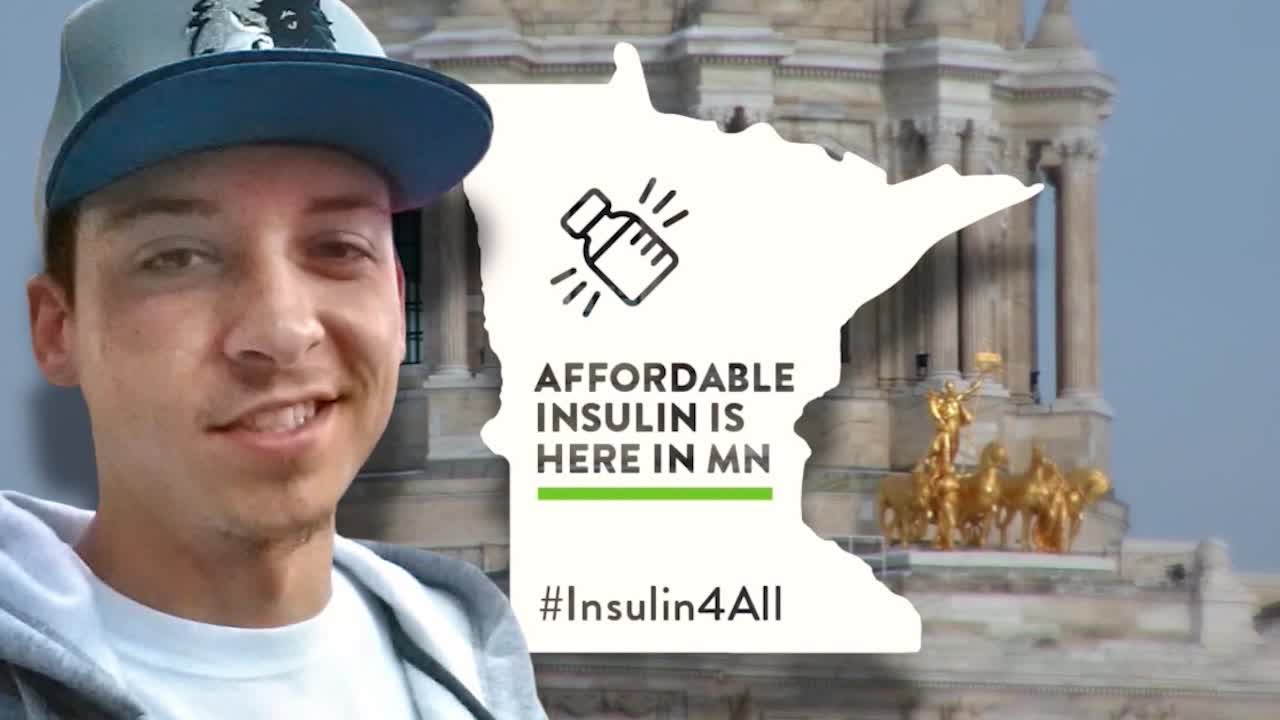Study shows up to 30 percent of Minnesotans with diabetes ration insulin due to costs

Nicole Smith-Holt recalls well her son Alec’s struggle to pay for his insulin in 2017.
“Didn’t ask for help from us, didn’t reach out to anybody, actually,” she says. “First time he went to the pharmacy to purchase insulin without my insurance, it was $1300 for a one-month supply. He walked out of the pharmacy without it.”
Instead, Smith-Holt says, Alec decided to ration the insulin supply he already had.
“I think, you know, he felt like the little bit he had left at home, he could make it stretch by reducing the amount in insulin he was taking,” she explains. “The number of times he was taking his insulin, hoping to stretch it out until payday.”
For Alec, 26 at the time, it was a fatal mistake.
He didn’t have enough insulin to control his Type-1 diabetes, an autoimmune disease where the cells that make insulin are destroyed.
“They have to have insulin to live,” says Dr. Elizabeth Seaquist, an endocrinologist with the University of Minnesota Medical School. “If they don’t get insulin, on a daily basis, they will die.”
That dire diagnosis follows a newly released study that found nearly 30 percent of uninsured Americans with diabetes may be rationing their insulin to save money.
Researchers found about 1.3-million Americans are skipping doses, taking less, or are delaying buying their insulin.
Right now— nearly nine-percent of Minnesotans have diabetes.
The American Diabetes Association says more than 100,000 more may have it, but don’t know it.
Seaquist says a single insulin vial cast cost several hundred thousand dollars.
The consumer advocacy group Public Citizen says insulin costs can average $1000 a month.
“I think it’s an affordability problem,” Seaquist says. “I think it is more common that if people are paying out of pocket, that they do because of the expense. Minimize their insulin use. It’s a very expensive drug.”
Seaquist says for those with diabetes— even those who are not Type 1— rationing medicine can be dangerous— causing high-blood sugar, or hyperglycemia.
“We know diabetes complications are directly related to how well controlled blood sugars are,” she notes. “Hyperglycemia increases your risk for kidney failure, blindness and amputation.”
But here in Minnesota, diabetics have protections against high insulin costs.
The ‘Alec Smith Insulin Affordability Act’— passed in 2020, with his parents’ support, caps a month-long insulin supply with a low co-pay.
“That provides an emergency 30-day supply for somebody who’s in an emergency situation,” Smith-Holt says. “If you walk into any pharmacy, they’ll give you a thirty day supply for thirty-five dollars.”
She says there’s also a long-term program for a ninety-day supply for fifty dollars.
Meanwhile, there is federal help coming for some diabetics.
The Biden Administration’s Inflation Reduction Act, which goes into effect next year, includes a $35 cap on insulin for people on Medicare.
The bill doesn’t include those on private insurance, or the uninsured.
Smith-Holt says she hopes someday federal lawmakers will pass an across-the-board national cap on insulin costs.
“We’re not going to give up. The advocates are not going away, we’re not going to stop fighting,” she declares. “If we cap that price at a reasonable price, twenty or thirty dollars a vial, it will save a countless number of lives.”